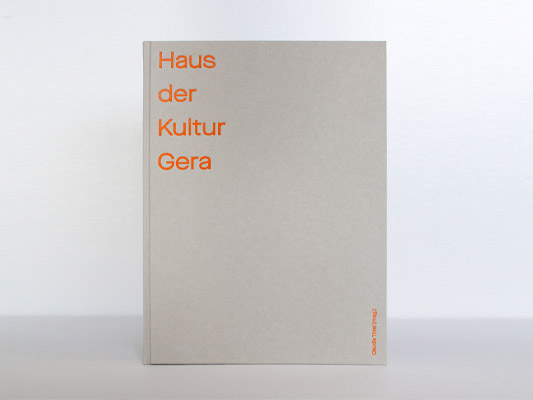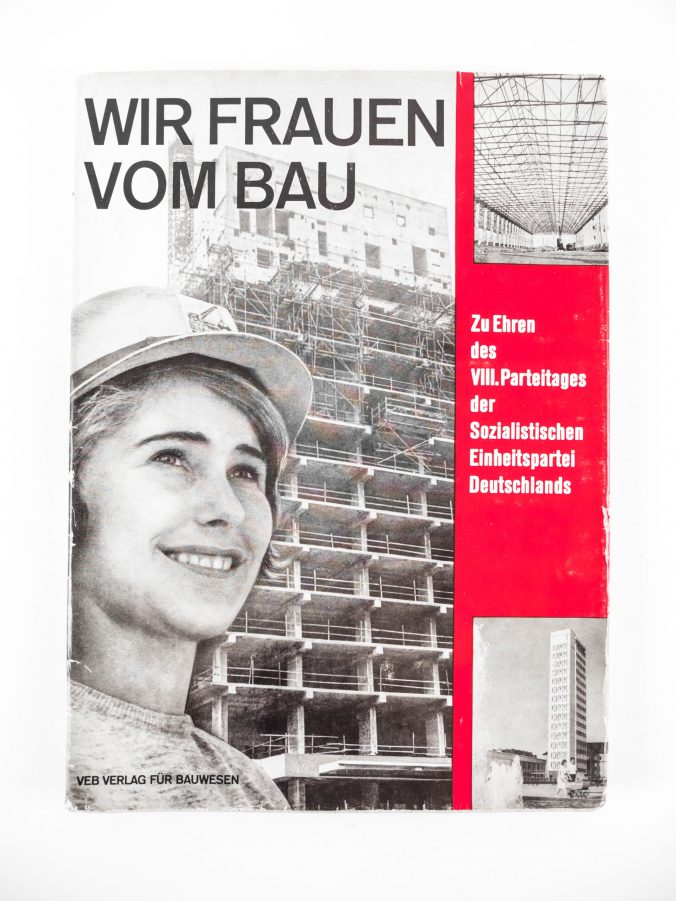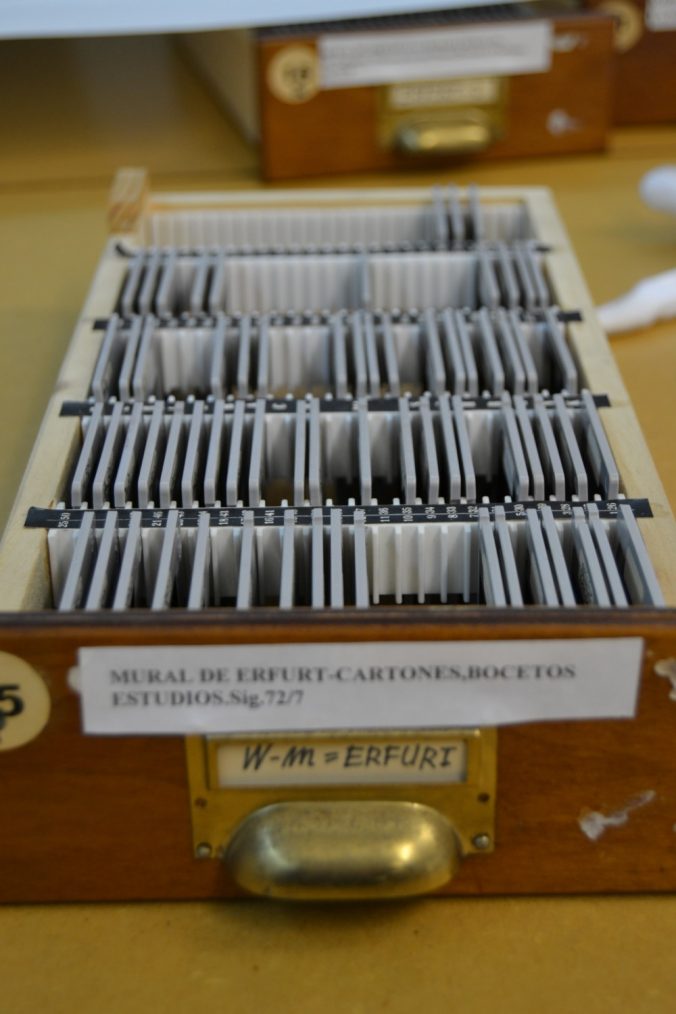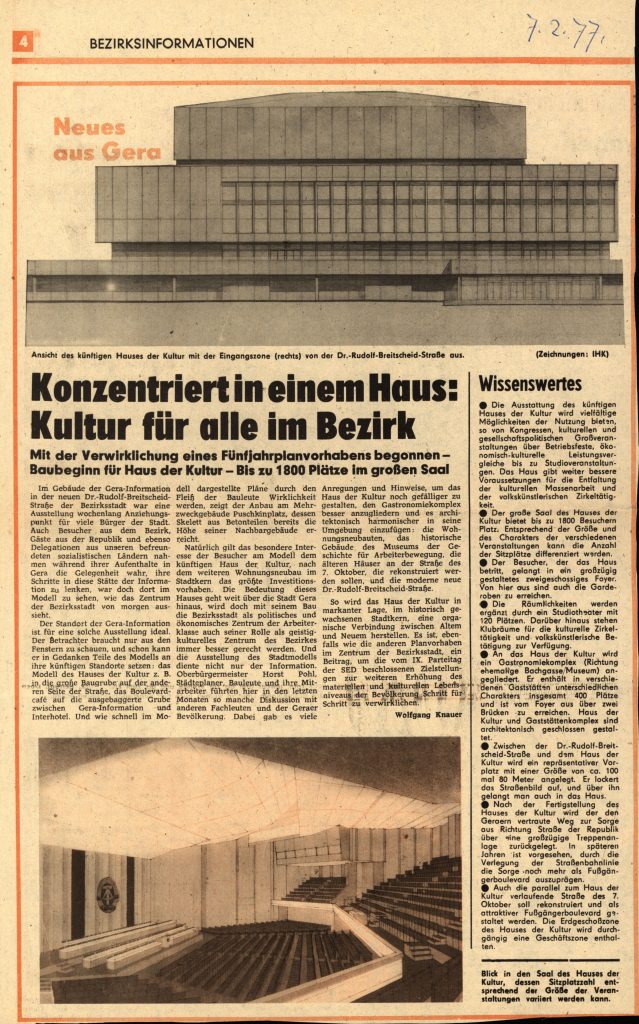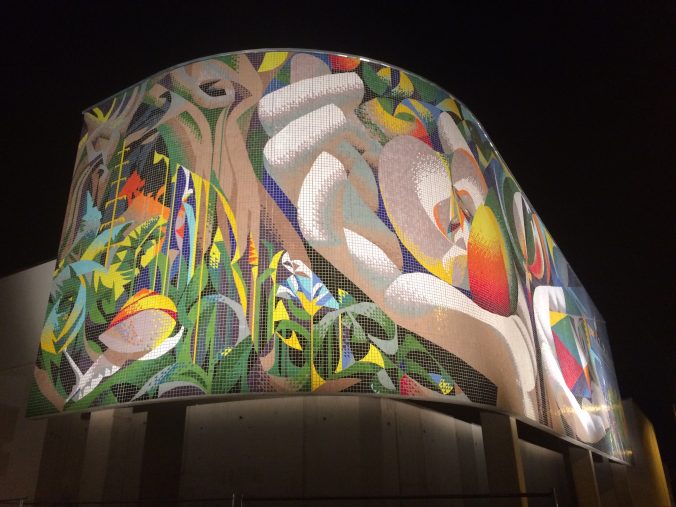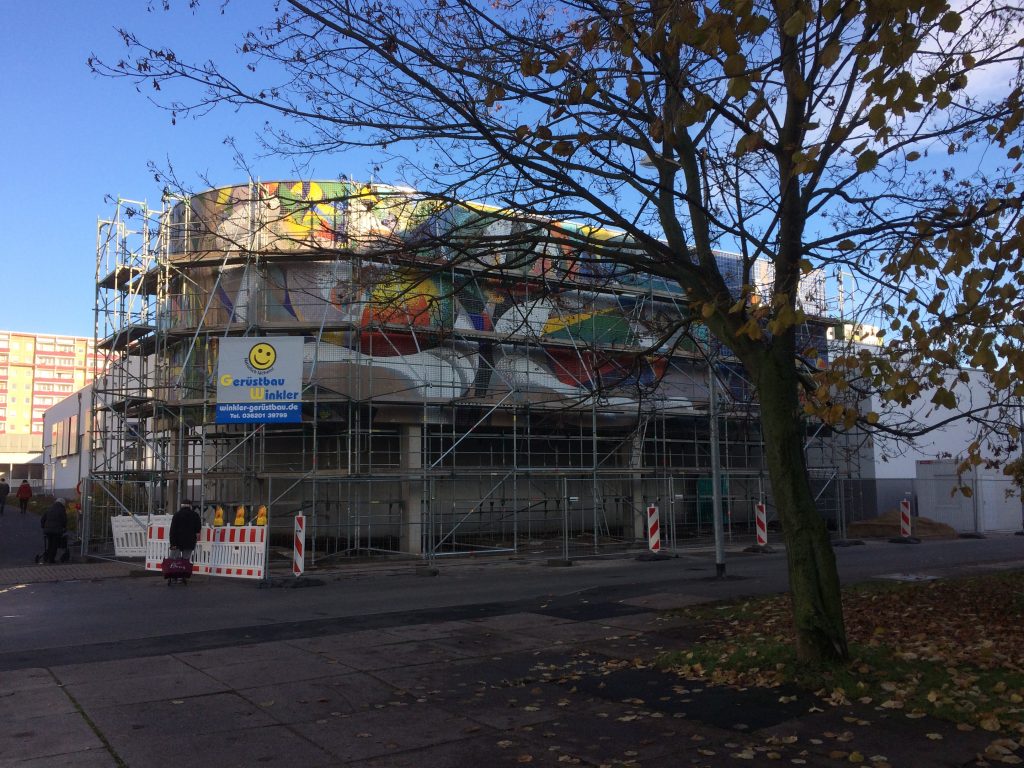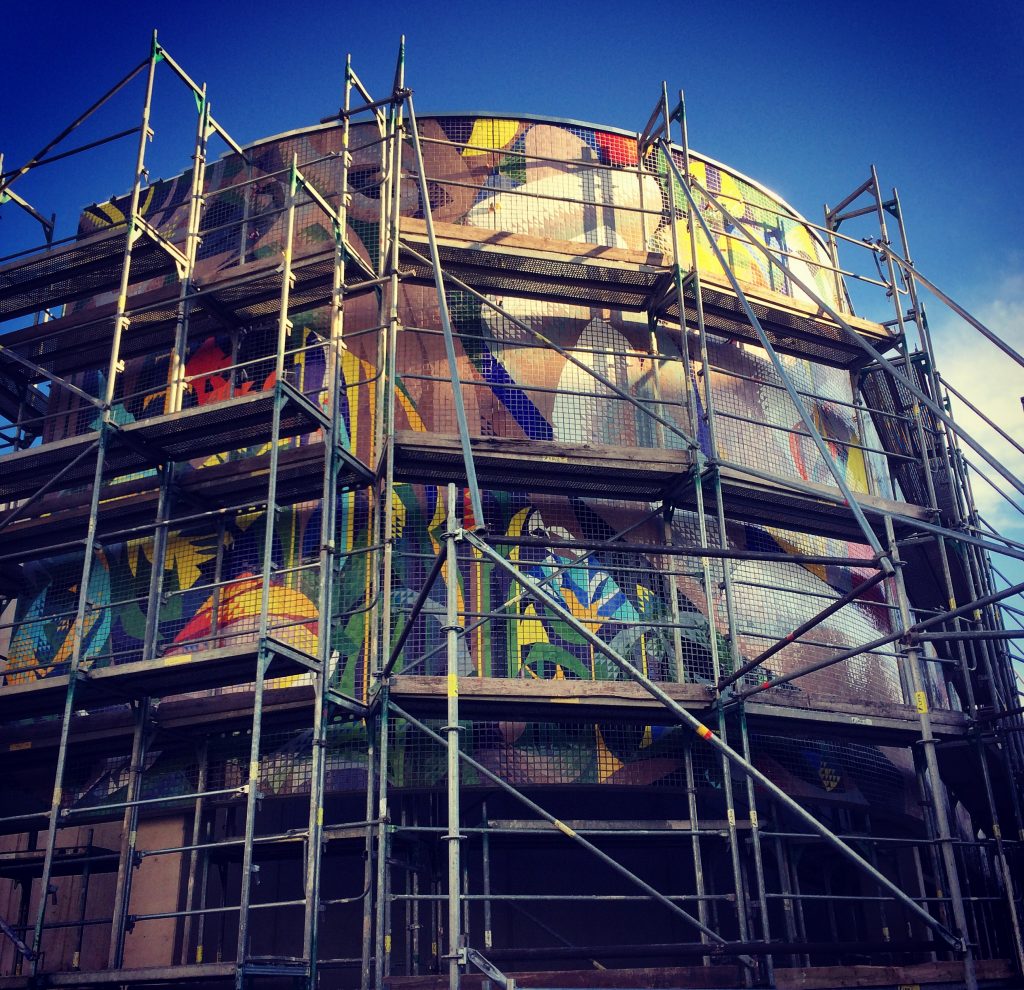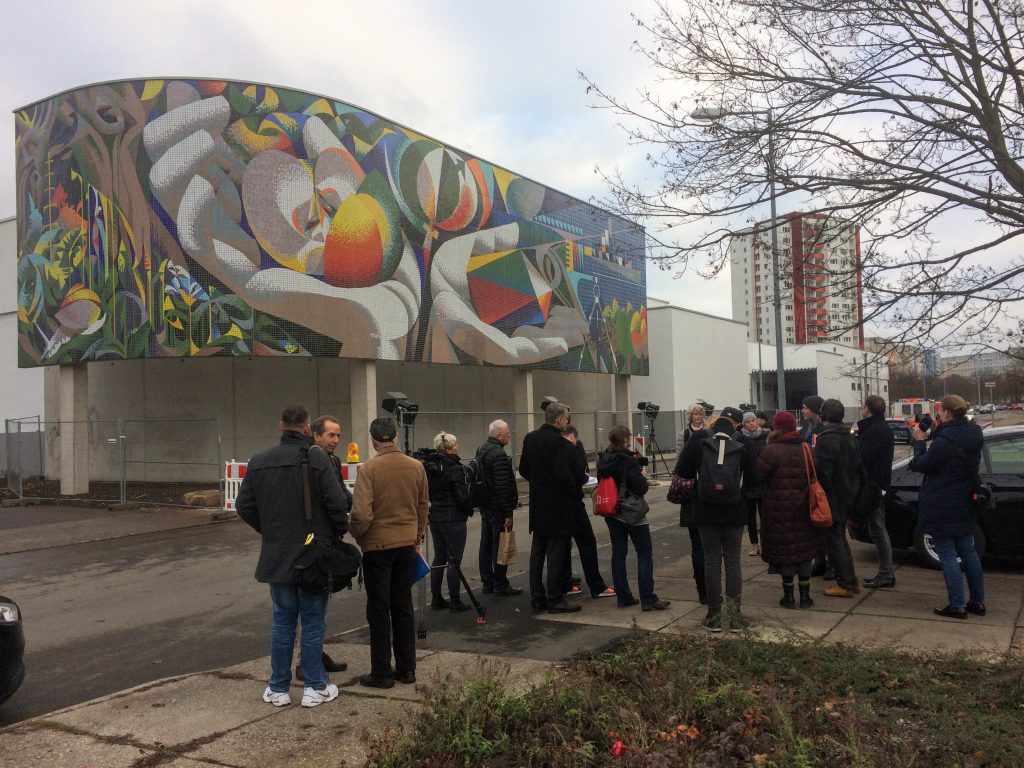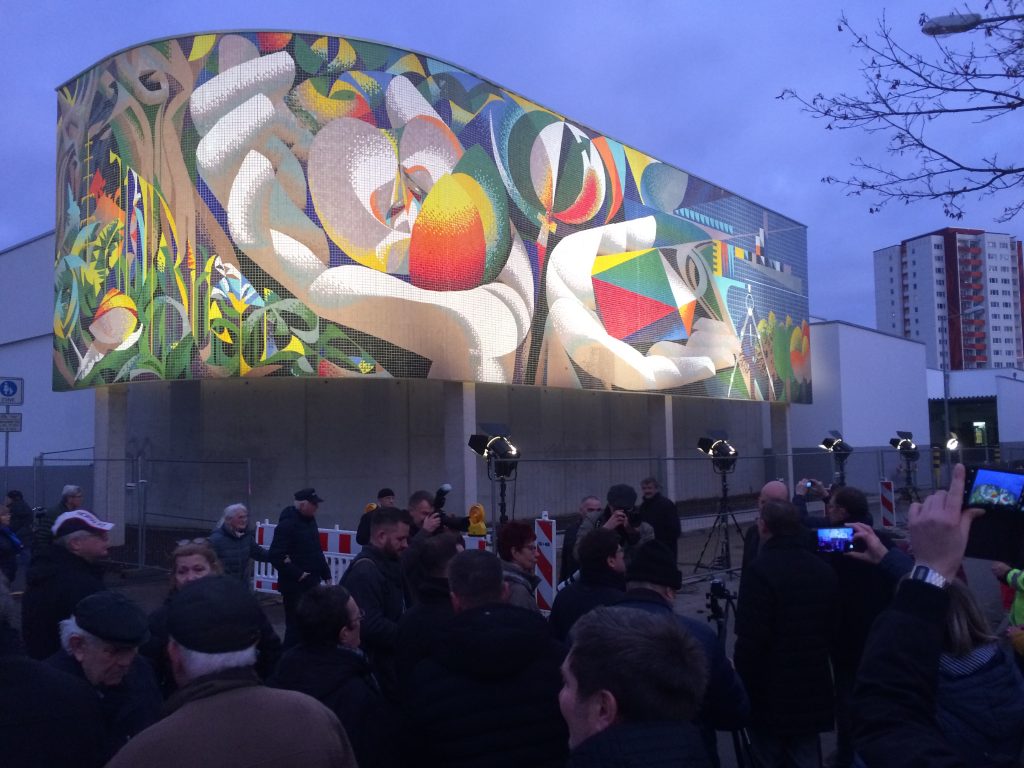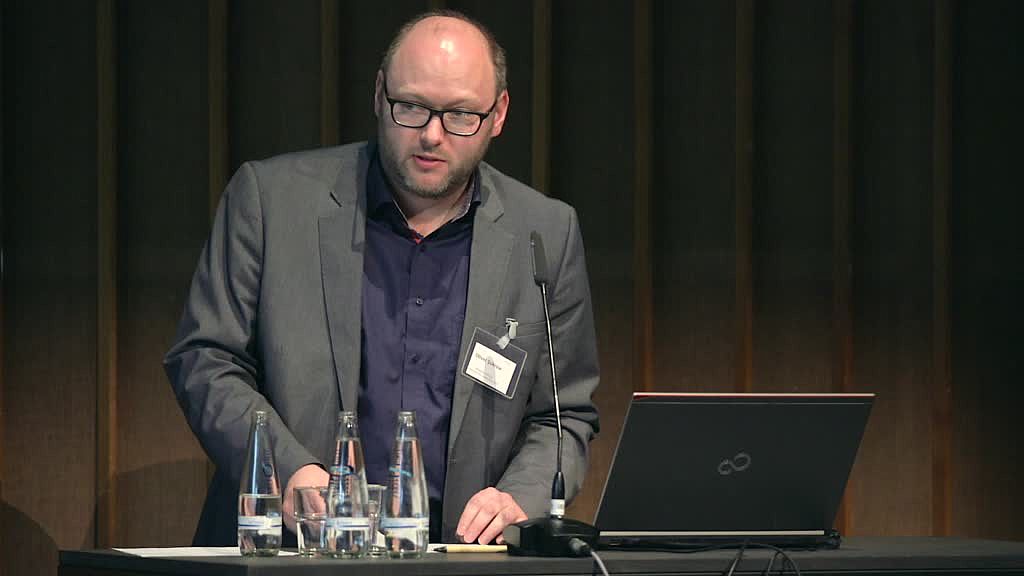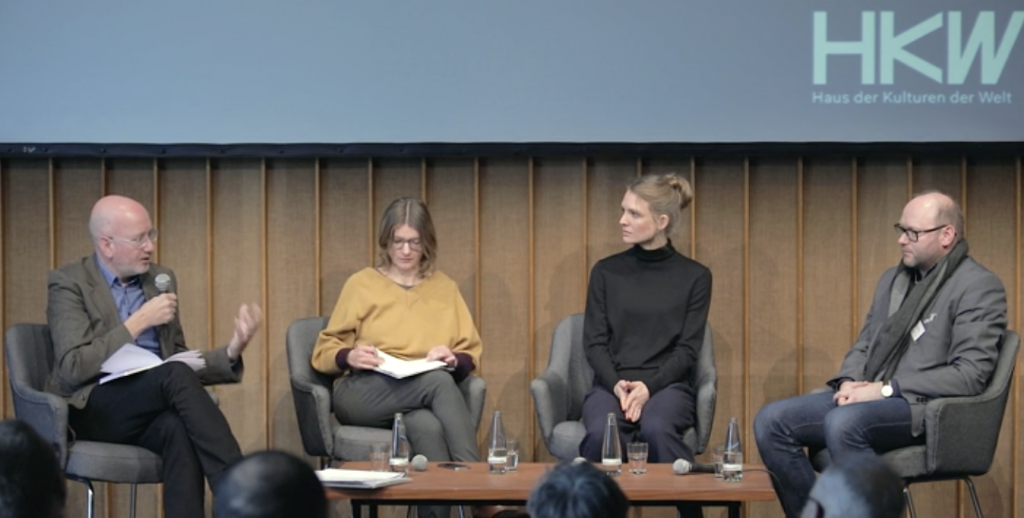„Haus der Kultur Gera“ (Leipzig: sphere publishers, 2021) is among the winners!
As a collaborative product of research, design, photographing, and publishing, the book, edited by Claudia Tittel (Gera) celebrates the 40th anniversary of the opening of the „Haus der Kultur“ in Gera, Germany. Designed by copa ipa (Weimar/Leipzig) and published by Christoph Liepach (sphere publishers / Leipzig), the book is a manifestation of the visual, aesthetic, and historical qualities of this building in the heart of Gera.
We are happy to announce that the „Deutsches Architekturmuseum“ in Frankfurt am Main has honored the book with the „International DAM Architectural Book Award“ in 2021.
„The Frankfurt Book Fair and the Deutsches Architekturmuseum (DAM) are presenting the jointly initiated International DAM Architectural Book Award for the thirteenth time. The DAM would like to thank the Society of Friends of the DAM for its generous support of the prize.
The ten prize winners this year are:
Konstruktion / Manual / Birkhäuser Verlag
Apartment Blossom/ Donghua University Press
Antarctic Resolution/ Lars Müller Publishers
Raamwerk In Practice: Lichtervelde Youth Centre / MER B&L
Avant-Garde as a Method / Vkhutemas and the Pedagogy of Space, 1920 – 1930/ Park Books
Elemente einer baukulturellen Allgemeinbildung / Park Books
Milk.Honey / Animal Stories in Imagined Landscapes/ Park Books
Napoli Super Modern/ Park Books
HdK – Haus der Kultur Gera / sphere publishers
Anime Architecture: Imagined Worlds and Endless Megacities/ Thames & HudsonThe prize, unique in its kind and now highly respected, honours the best architecture books of a year. 94 architecture and art book publishers worldwide have responded to the joint call. A specialist jury of external experts and representatives of the DAM selected the ten best architecture books of the year from 235 entries according to criteria such as design, content concept, quality of materials and workmanship, degree of innovation and topicality.
The jury meeting took place on 1 September 2021 at the Deutsches Architekturmuseum (DAM). The winners will be announced at the hybrid award ceremony on 20 October 2021.
The external jury of experts this year included:
Stefan Weil (graphic designer), Kerstin Schultz (architect and member of the Friends of DAM e.V.), Karin Hartmann (architect and journalist) and Moritz Bernoully (architect and photographer).The internal jurors were:
Andrea Jürges (Deputy Director of DAM), Oliver Elser (Curator DAM), Rebekka Kremershof (Head of Architecture Education DAM).
